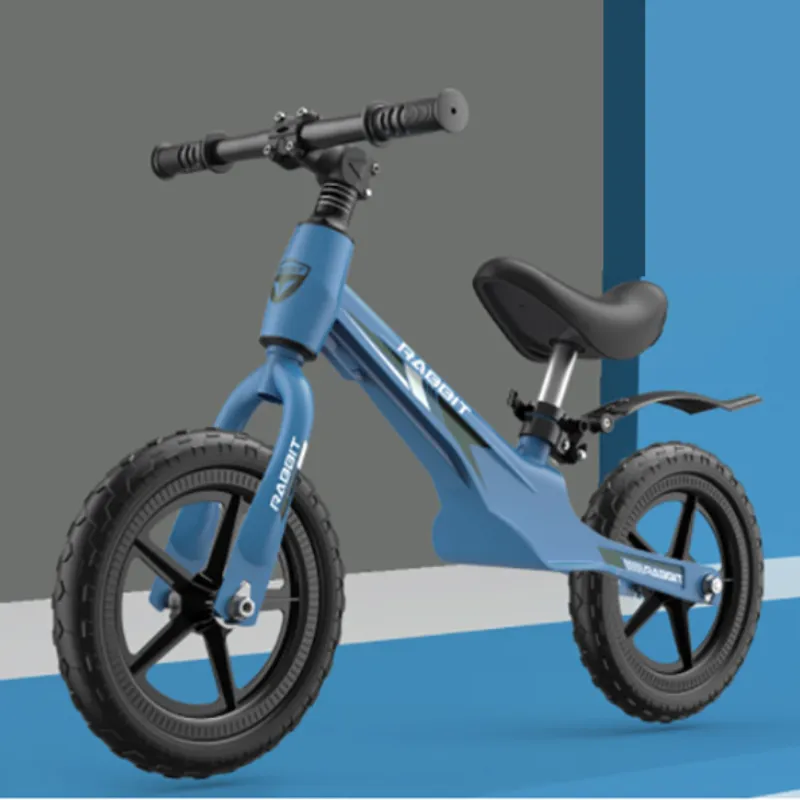
- Afrikaans
- Albanian
- Amharic
- Arabic
- Armenian
- Azerbaijani
- Basque
- Belarusian
- Bengali
- Bosnian
- Bulgarian
- Catalan
- Cebuano
- Corsican
- Croatian
- Czech
- Danish
- Dutch
- English
- Esperanto
- Estonian
- Finnish
- French
- Frisian
- Galician
- Georgian
- German
- Greek
- Gujarati
- Haitian Creole
- hausa
- hawaiian
- Hebrew
- Hindi
- Miao
- Hungarian
- Icelandic
- igbo
- Indonesian
- irish
- Italian
- Japanese
- Javanese
- Kannada
- kazakh
- Khmer
- Rwandese
- Korean
- Kurdish
- Kyrgyz
- Lao
- Latin
- Latvian
- Lithuanian
- Luxembourgish
- Macedonian
- Malgashi
- Malay
- Malayalam
- Maltese
- Maori
- Marathi
- Mongolian
- Myanmar
- Nepali
- Norwegian
- Norwegian
- Occitan
- Pashto
- Persian
- Polish
- Portuguese
- Punjabi
- Romanian
- Russian
- Samoan
- Scottish Gaelic
- Serbian
- Sesotho
- Shona
- Sindhi
- Sinhala
- Slovak
- Slovenian
- Somali
- Spanish
- Sundanese
- Swahili
- Swedish
- Tagalog
- Tajik
- Tamil
- Tatar
- Telugu
- Thai
- Turkish
- Turkmen
- Ukrainian
- Urdu
- Uighur
- Uzbek
- Vietnamese
- Welsh
- Bantu
- Yiddish
- Yoruba
- Zulu
Oct . 12, 2024 00:06 Back to list
how to adjust a derailleur on a mountain bike
How to Adjust a Derailleur on a Mountain Bike
Adjusting the derailleur on your mountain bike is an essential skill that every cyclist should master. A properly aligned derailleur ensures smooth gear changes, enhances riding efficiency, and prolongs the lifespan of your bike’s components. Whether you’re fixing a minor issue or performing regular maintenance, this guide will help you adjust your derailleur with ease.
Understanding the Derailleur
Before diving into adjustments, it's essential to understand how the derailleur works. The derailleur uses a spring mechanism to shift the chain between different gears on the cassette. There are two types of derailleurs the front and the rear. The rear derailleur is generally more complex and handles the bulk of gear shifting. Most adjustments will focus on this component.
Tools You Will Need
To adjust your derailleur efficiently, gather the following tools - A Phillips or flathead screwdriver (depending on your derailleur type) - A 5mm Allen wrench - Chain lubricant - A clean rag or cloth
Steps to Adjust the Rear Derailleur
how to adjust a derailleur on a mountain bike

1. Inspect the Derailleur and Chain Before making any adjustments, check for any visible damage or wear on the derailleur, chain, and cassette. Ensure everything is clean and lubricated. A dirty or rusty chain can affect shifting performance.
2. Check the Cable Tension Proper cable tension is critical for accurate shifting. To test this, shift to the smallest sprocket. If the chain is unable to shift smoothly, loosen the cable bolt slightly, pull the cable tight, and re-tighten the bolt.
3. Adjust the Limit Screws The rear derailleur has two limit screws the “H” (high) and “L” (low) screws, which control how far the derailleur moves in both directions. - High Limit Screw Shift to the largest chainring and the smallest rear cog. Adjust the “H” screw until the derailleur aligns perfectly with the smallest cog. This prevents the chain from falling off. - Low Limit Screw Shift to the smallest chainring and the largest rear cog. Adjust the “L” screw so the derailleur sits directly above the largest cog without rubbing against it.
4. Fine-Tune the Indexing After setting the limit screws, fine-tune the indexing. Shift through the gears while pedaling, and listen for any skipping or hesitation. If the derailleur is not moving smoothly from gear to gear, adjust the barrel adjuster on the derailleur. Turn it counterclockwise to increase tension or clockwise to decrease tension, until you achieve smooth shifting.
5. Test Ride After making the adjustments, take your bike for a test ride. Shift through all the gears to ensure everything operates smoothly. Pay attention to any skipping or lag in shifting, and make further adjustments as necessary.
Final Thoughts
Regular derailleur maintenance can greatly enhance your mountain biking experience. By following these steps and keeping an eye on your bike’s shifting performance, you will ensure an enjoyable and efficient ride. Remember, if you’re ever uncertain, don’t hesitate to consult a professional bike mechanic for assistance. Happy riding!
-
The Ultimate Kids' Four-Wheeler Experience
NewsJul.09,2025
-
The Ultimate Guide to Mountain Bikes: Gear Up for Your Ride
NewsJul.09,2025
-
The New Age of Cycling: Electric Bikes for Every Rider
NewsJul.09,2025
-
The Best Kids Bicycles: Ride in Style and Safety
NewsJul.09,2025
-
The Best 3-Wheel Scooters for Kids: Fun, Safety, and Adventure
NewsJul.09,2025
-
Revolutionize Your Ride: Affordable Electric Bikes
NewsJul.09,2025
-
Finding the Perfect Mountain Bike for Every Rider
NewsJul.09,2025



